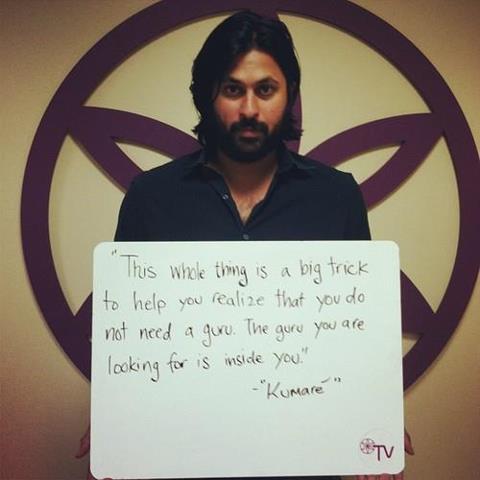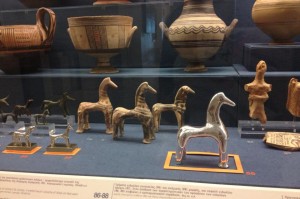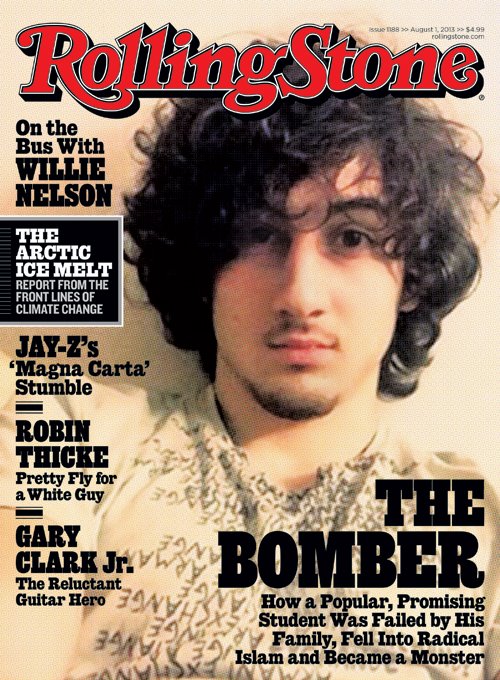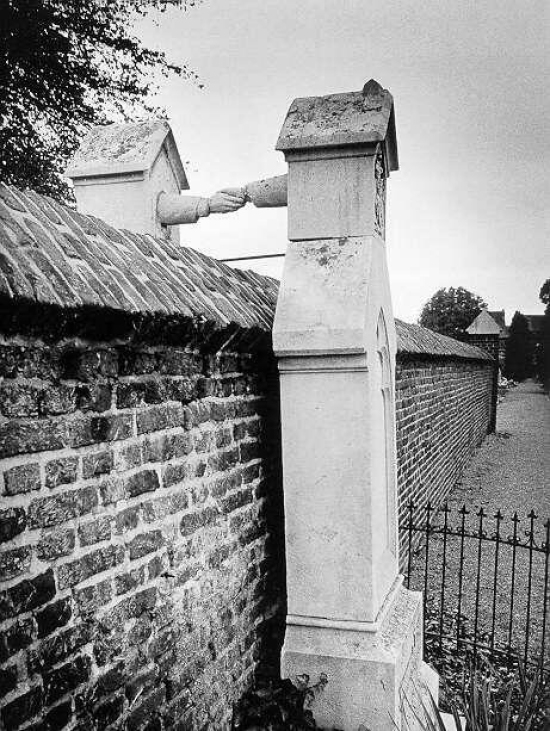A little while back, Russell McCutcheon prompted Monica Miller and me to think about the notion of code switching. People use the phrase to refer to everyday modes of discourse that come to be seen or understood as exceptional—specifically the phenomenon of talking or acting in particular ways depending on the group or context that surrounds someone. He gave us a clip from My Fair Lady as an example. The story is all about Eliza Doolittle’s (successful, by the accounts of those around her) attempt to become a “lady” rather than—to quote Prof. Higgins’s early assessment—someone “so deliciously low.” In order to trade her harsh cockney accent for that of a person in high British society, she goes through endless lessons attempting to change her speech, manner of dress, and behavior. For example, who can forget the famous “rain in Spain” breakthrough? It’s practically on par cinematically with Patty Duke’s spelling out w-a-t-e-r into miracle worker Anne Bancroft’s hand: Continue reading “In Other Words…”
Isn’t it Ironic, Don’t You Think?
 This morning on the radio I heard a story, rebroadcast from September 2012, on the recent film “Kumare,” described on its website as “a feature documentary film about the time filmmaker Vikram Gandhi impersonated a fake guru and built a following of real people.” The interviewer on the radio program — Maureen Fiedler, host of “Interfaith Voices,” a program predictably about inter-religious dialogue and mutual understanding — asked the director/star a final question: Continue reading “Isn’t it Ironic, Don’t You Think?”
This morning on the radio I heard a story, rebroadcast from September 2012, on the recent film “Kumare,” described on its website as “a feature documentary film about the time filmmaker Vikram Gandhi impersonated a fake guru and built a following of real people.” The interviewer on the radio program — Maureen Fiedler, host of “Interfaith Voices,” a program predictably about inter-religious dialogue and mutual understanding — asked the director/star a final question: Continue reading “Isn’t it Ironic, Don’t You Think?”
Frames of Identity

I find myself back in Greece to do research and so, a few days ago, I had the chance to visit a museum in Athens. What struck me as interesting—apart from the narratives that surround all such museum exhibits, that place them in a certain time and frame them in a way that justifies a nation’s origins—was that some artifacts were marked with numbers that corresponded to explanations beside their display case that made no sense. For example, I could see a horse but the explanation talked about a vase that also had the same display number. It took me a while to realize that in the various display cases some of the artifacts were placed in orange frames. Once I realized this I immediately searched for an explanation at the information desk. The lady enthusiastically informed me that these were objects from the gift store of the museum that, celebrating thirty years of its opening, were now included in the displays. Continue reading “Frames of Identity”
Dressed for the Edge
Queen Elizabeth II in white Go-go boots?
 That’s got to count as culture on the edge, no?
That’s got to count as culture on the edge, no?
Source: Retronaut.
A Stark Image/A Stark Truth
Here in the U.S. there’s a new controversy over identity and representation. It involves the picture on the cover of the Rolling Stone.
 In case you don’t recognize him, that’s Dzhokhar Tsarnaev in a “selfie,” one of the two accused Boston Marathon bombers (the only one who remains alive). In response to the cover, which has been described as glamorizing a terrorist (and which some stores have refused to sell), Sgt. Sean Murphy, who is a photographer working with the Massachusetts State Police, has now released photos that he took when Tsarnaev was apprehended, while hiding in a covered boat in a driveway. Continue reading “A Stark Image/A Stark Truth”
In case you don’t recognize him, that’s Dzhokhar Tsarnaev in a “selfie,” one of the two accused Boston Marathon bombers (the only one who remains alive). In response to the cover, which has been described as glamorizing a terrorist (and which some stores have refused to sell), Sgt. Sean Murphy, who is a photographer working with the Massachusetts State Police, has now released photos that he took when Tsarnaev was apprehended, while hiding in a covered boat in a driveway. Continue reading “A Stark Image/A Stark Truth”
Commentary on BET News
 Monica Miller‘s latest post on BET News reflects on how the ruling in the State of Florida vs. George Zimmerman trial potentially affects and perpetuates the public’s perceptions of delinquency, intelligence, etc., with regard to race and culture. Read her article, “After Trayvon: What’s Next?” here.
Monica Miller‘s latest post on BET News reflects on how the ruling in the State of Florida vs. George Zimmerman trial potentially affects and perpetuates the public’s perceptions of delinquency, intelligence, etc., with regard to race and culture. Read her article, “After Trayvon: What’s Next?” here.
How Devoted Are You?
As soon as the topic of religion enters our understanding of current affairs it allows one to begin to judge the degree to which a person is or is not supposedly involved in politics and history, and thereby judge whether they are safe (i.e., like me) or not (i.e., not like me). While it may be obvious on the political right, those on the left employ much the same vocabulary and judgments, but we often don’t seem to see it. Continue reading “How Devoted Are You?”
Rule of Thumb: Forget Anomalies

I’ve come up with a little rule of thumb I try to keep in mind when coming across a piece of data that, prima facie, might appear anomalous. Instead of thinking “weird; how do I explain this?,” I force myself to ask, “what set of assumptions or grid of classification makes this anomalous?” Continue reading “Rule of Thumb: Forget Anomalies”
The Incomparable Doctor Who

Let me begin with a confession. I do not watch the BBC scifi series Doctor Who regularly. After hearing colleagues rave about Doctor Who, I watched one episode that left me underwhelmed. We can make sense of the discrepancy between my response to Doctor Who and the responses of some of my colleagues through a comparison. Perhaps my limited mental acumen in comparison to these colleagues leaves me unable to appreciate fully the multiple levels on which they find Doctor Who intriguing. Perhaps the difference reflects my preference for more stimulating activities than passive consumption of mass media. Both comparisons, as attempts to organize difference, reflect the interests of whomever selects what elements are relevant to the comparison and what elements are not, specifically anything that undermines the desired organization of difference. Continue reading “The Incomparable Doctor Who”
Defying the Edge
Just as for every center there is a corresponding periphery — i.e., they are co-constitutive — so too for every boundary there is a transgression under control and a workaround that was not anticipated by the rule. For example, consider these adjoining Dutch graves from the late 19th century.
 The caption reads:
The caption reads:
The graves of Colonel J.C.P.H and Catholic noblewoman J.W.C Van Gorkum. They were married in 1842. In 1888, Van Gorkum died, she wanted to be buried next to her husband. Pillarisation (a form of religious and political segregation in Holland [verzuiling in Dutch]) was still in effect at the time, and according to the law, this was impossible. His wife was buried on the other side of the wall, which was the closest she could get to her husband.
Photo/caption source: Retronaut; for more information, see “Dutch ‘Multiculturalism’: Beyond the Pillarisation Myth” (2007; PDF).
